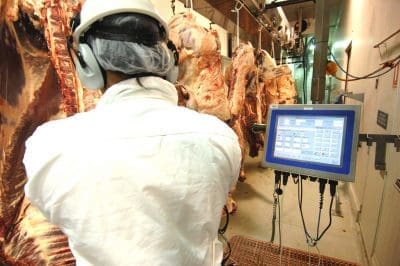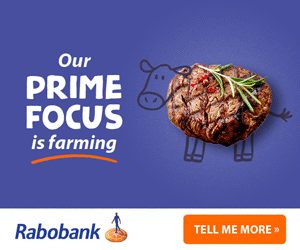MOST direct consignment slaughter cattle grids continued their downwards trajectory this week, pushing prices into realms unseen since 2015.
Many processors are now heavily booked with slaughter cattle until early November with a price attached, and rapidly filling with unpriced space-only slots through to Christmas closures.
 Adding further to seasonal turnoff-driven congestion was the fact that many plants in Queensland and NSW lost a working day on Monday last week due to public holidays, which will be reflected in the NLRS weekly kill report when it is issued later today or tomorrow.
Adding further to seasonal turnoff-driven congestion was the fact that many plants in Queensland and NSW lost a working day on Monday last week due to public holidays, which will be reflected in the NLRS weekly kill report when it is issued later today or tomorrow.
Still under considerable supply pressure, direct consignment grids in Southern Queensland have lost another 10-20c/kg over the past seven days, currently sitting at 355-370c/kg on heavy cows and four-tooth grass heavy steer with an implant anywhere from 415-450c (some sheds offering 10c more for no HGP). Some operators are again not offering quotes at all.
Expect to see that steer price gap narrow in coming days as competitors respond to others’ adjustments in offers.
Some plants in Central Queensland this week are on the same rates as processors in southern parts of the state, instead of being 10c behind as they typically are, due to freight differential. This suggests southern Queensland is under greatest supply pressure presently.
 Processor grids further south are a mixed bag, with some states unchanged from last week; others not offering a quote at all signifying they are already-well covered; and some dropping another 10c/kg. Southern NSW this week has offers of 405c on four-tooth ox and in eastern parts of South Australia, 370c/kg top cell on cows and grass four-tooth ox 425c, off 10c.
Processor grids further south are a mixed bag, with some states unchanged from last week; others not offering a quote at all signifying they are already-well covered; and some dropping another 10c/kg. Southern NSW this week has offers of 405c on four-tooth ox and in eastern parts of South Australia, 370c/kg top cell on cows and grass four-tooth ox 425c, off 10c.
Speculation continues to amount about beef processing plant closure dates from Christmas, with most that are planning a holiday closure talking 22 December as last kill day. In Central Queensland, some plants are talking 8 December for last kills, with a closure for a month, while others will operate through to 22 December to try to keep pace with supply.
In the absence of decent storm rain over the next ten weeks, anticipation of these closures will only add to supply congestion for the remainder of the year.
Saleyards show small uptick after rain
Rain in parts of southeastern Australia last week has had some positive impact on optimism and saleyards prices over the past seven days, with many physical sales showing a small uplift in price on a week earlier.
The return of some larger processors to saleyards competition has also underpinned demand a little.
His a quick roundup of saleyards performance early this week.
This morning’s Warwick sale in southern Queensland saw slaughter types lift 11-23c/kg liveweight, but remember these were coming off a very low base. Small numbers of well-finished grown steers to processors sold to 244c/kg, (equivalent of 428c/kg dressed), and average 227c live (around 400c dead).
Gunnedah this morning yarded 1370 head, with heavy grown steers selling to a dearer trend, and significantly improving in places. Better cows also showed improvement, lifting up to 30c/kg in places.
This morning’s Wodonga sale yarded 1300, but went against the trend, with cattle in export categories dropping another 10-20c. Heavy cows sold from 162-190c, and heavy steers and bullocks 180-236c.
Naracoorte this morning only offered 623 head, with grown heavy steers 5c dearer, selling from 243c to 275c.
Meat prices trending softer
After a month or six weeks of positive price movement in export manufacturing beef markets, trim shipments have trended down in value over the past fortnight, ending September at A832c/kg, down from earlier 18-month highs.
“Overseas beef suppliers have meat to sell as Australian cattle prices have collapsed, New Zealand slaughter seasonally starts to pick up and South American suppliers struggle with uneven Chinese demand,” Steiner said in its weekly US imported beef market report on Friday.
“Japan may not be the top beef market anymore, but it is still a major player and for now it still has plenty of imported product in cold storage and little interest in chasing product,” Steiner said.
“The strong US dollar also helped with the lower bids.”
Indicator price movements last week were mixed. The NLRS feeder steer indicator eased 4c to 218c/kg liveweight, while the heavy steer indicator lifted 22c to 231c/kg. The reduced number of sales changed the composition of the indicators somewhat, affecting performance.
